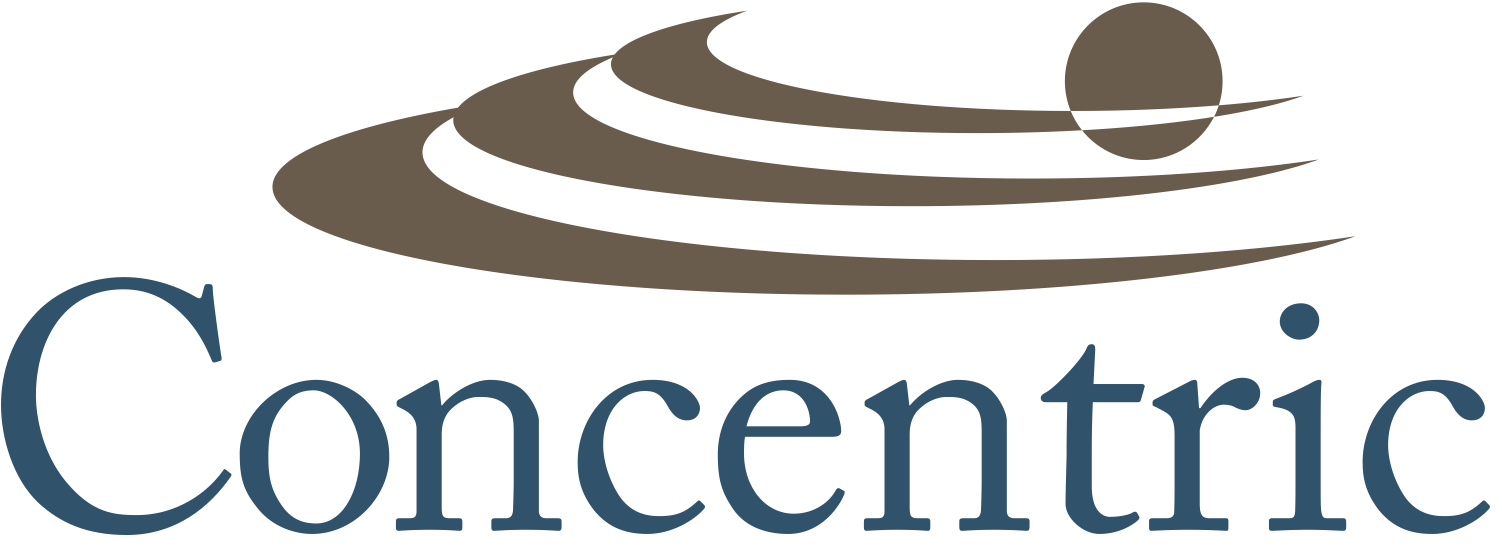5S
What is 5S and why do I care about something that sounds so stupid? First of all, 5S is not scary. Like most things "Quality Dork", 5S fits the bill of having fancy name that looks like a cross between a shortcut and a math problem. 5S is a proven method used to systematically organize, clean & standardize the workplace. It's that simple. The concept is "A place for everything and everything in it's place."
"5S" stands for the following Japanese terms that make up the building blocks for "organizing your things".
The First Pillar: Seiri = Sort
The Second Pillar: Seiton = Set-in-Order
The Third Pillar: Seiso = Shine
The Fourth Pillar: Seiketsu = Standardize
The Fifth Pillar: Shitsuke = Discipline = Sustain
*A 6th "S" is often added for Safety
So what do each of these 5S's mean?
Sort – What is not needed, sort through, then sort out. When in doubt, throw it out!
Set-In-Order – What must be kept must be made visible and self explanatory so everyone knows where everything goes.
Shine – Everything that remains must be cleaned and "Tour Ready" (ready to show your family or ideal customer). "Shine" the equipment, tools and your workspace.
Standardize – Implement best practices to keep the workplace clean and organized. Take photos of before and after, setting of standard for how each area should look.
Sustain – Making a habit of properly maintaining correct procedures and being quick to point out deviations from the standard.
Use 5S audits to evaluate each work station and provide feedback for for previous findings. Assign supervisors, managers or team members responsibility for performing audits on a regular scheduled basis. Chart the audit scores on a visual display board to show progress or failure to meet the established standards. 5S applies to manufacturing, warehousing, offices and any other place where waste and clutter can accumulate.
Benefits to 5S include:
Elimination of unneeded equipment
Elimination of excess inventory (Do you really need 7 red pens?)
Fewer equipment breakdowns (improved availability)
Longer equipment life
Better understanding of equipment conditions (early breakdown detection)
Fewer defects, therefore higher quality
Workshops where all defects are made obvious
Efficient and effective navigation and organization (choices are made clear)
Saves time and cost while making workplace easier to maintain
Improves production schedules (fewer delays)
Simplified inventories
Motion and waste reductions
Happier employees (decreased turnover and absenteeism)
5S is a simple and quick return as a first step in organizing your team and implementing a Kaisen (continual improvement) culture.
